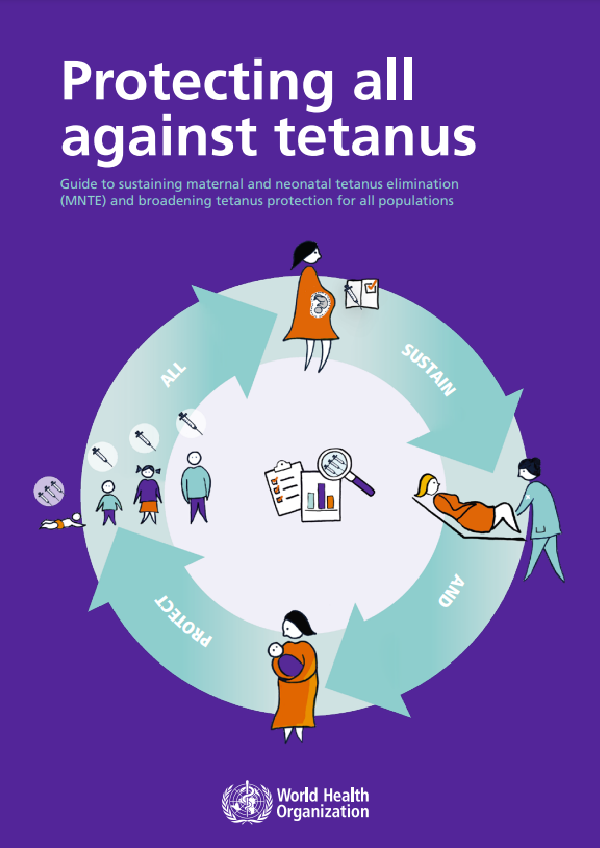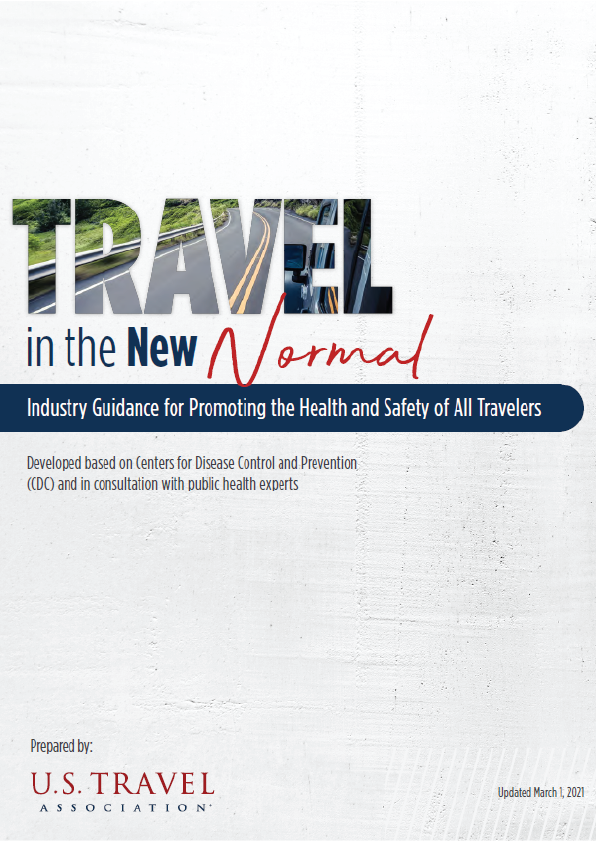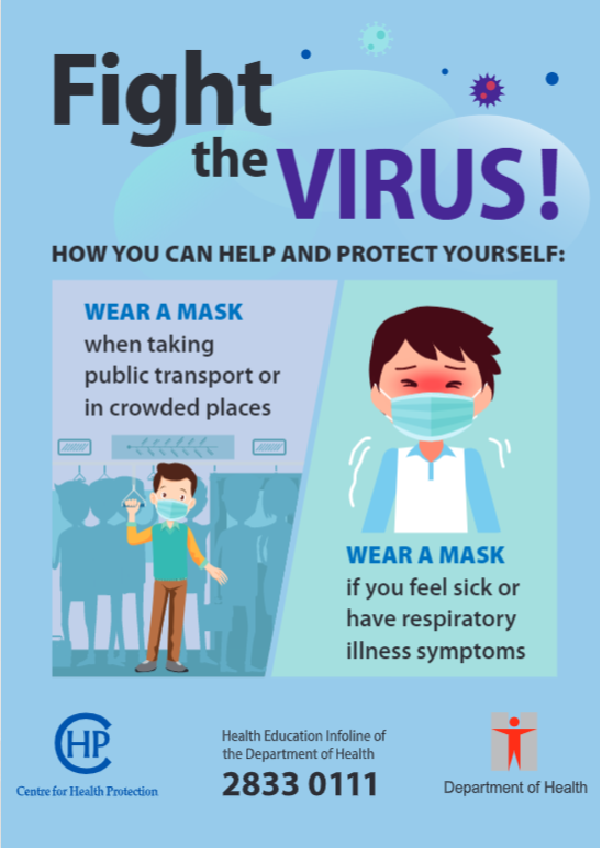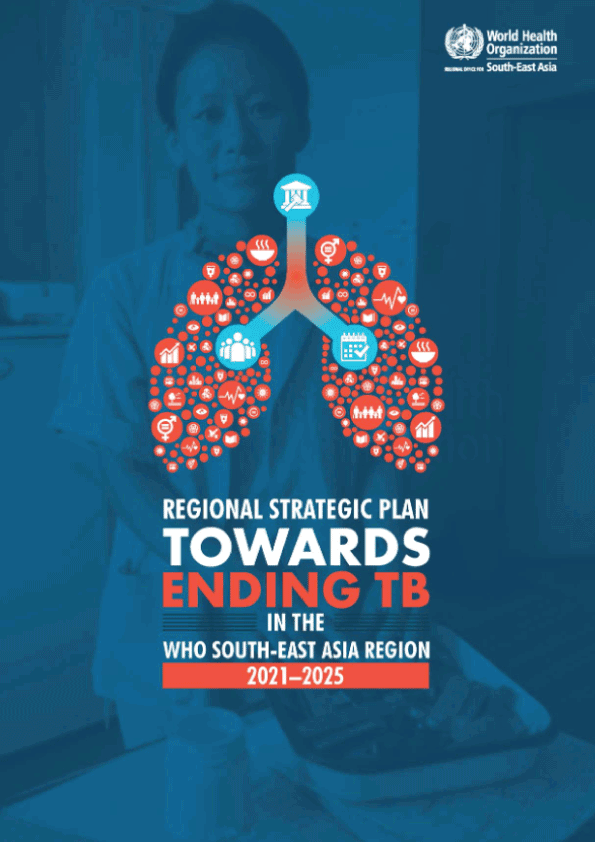For the first time, this document pulls together in one place all the latest information, recommendations, and strategies that are required to both sustain maternal and neonatal tetanus elimination (MNTE) and broaden protection against tetanus for all people. It is a technical resource that is relevant not only for countries that have already successfully achieved elimination status, but also for those still working towards MNTE.
This guide is intended for use by national immunization programme managers and staff, and immunization partners involved in providing implementation support to countries. The specific objectives of this guide are:
- to describe the strategies and activities required to
- sustain the elimination of maternal and neonatal tetanus, and
- ensure long-term protection against tetanus for all people;
- to provide up-to-date references on global policy recommendations as well as technical and strategic issues.
- to inform the policy discussions and operational decisions related to tetanus vaccination and sustaining MNTE at the country level; and
This document provides guidance and options to assist countries to decide and plan the policy changes and activities that are needed to successfully sustain MNTE and ensure long-term protection against tetanus for all populations. Chapter by chapter, this guide explains how the core programmatic components for preventing MNT [antenatal care (ANC) vaccination of pregnant women and clean births with skilled health personnel] are interconnected with the implementation of routine tetanus vaccination (for both sexes with booster doses across the life course) to ensure elimination is sustained and that all populations are protected.
Why is there a global goal for maternal and neonatal tetanus elimination (MNTE)?
The burden of maternal and neonatal tetanus (MNT) is a health equity issue affecting those who are the most disadvantaged, poor, and without access to adequate health services. MNT has often been referred to as a “silent killer” since the victims often die without being officially recorded. A case of maternal and/or neonatal tetanus represents a triple failure of the public health system – failure of the routine immunization programme, failure of antenatal care, and failure of ensuring clean and safe birth practices.
Unlike polio and smallpox, tetanus cannot be eradicated as the spores are ubiquitous in the environment and there are animal reservoirs (tetanus spores in soil or fomites contaminated with animal and human faeces can contaminate wounds of all types). However, MNT can be eliminated through universal active immunization of children, mothers, and other women of reproductive age and improving maternity care with emphasis on hygienic birth and cord care practices, i.e. the number of cases can be reduced to an extent that it ceases to be a public health problem.
While considerable progress has been achieved, by end 2018, 14 countries in three regions1 still have not reached MNTE status. Figure 1 shows the dynamic of progress made by the countries since neonatal tetanus (NT) was first declared a target in 1989.
The elimination of neonatal tetanus as a public health problem is defined as having less than one NT case per 1 000 live births in every district or similar administrative unit in the country each year. Maternal tetanus is assumed to be eliminated once NT elimination has been achieved.2 As more and more countries are validated3 as having achieved MNTE, attention and activities must shift towards ensuring that this accomplishment is sustained over the
long term.











